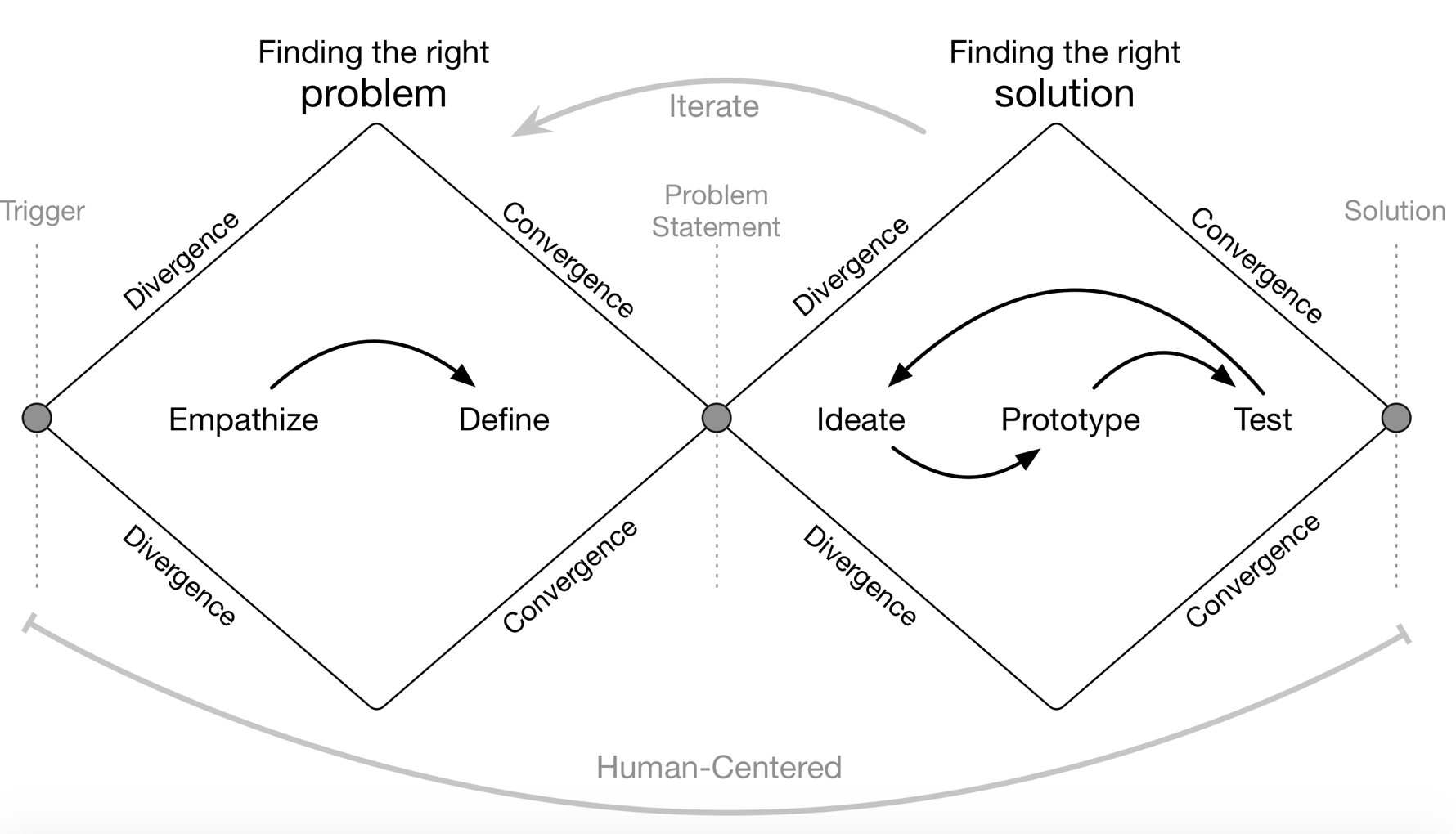In _Active Inference: A Process Theory_ Friston writes:
>Heuristically ![]() , this means that epistemic policies will search out observations that resolve uncertainty about the state of the world (e.g., foraging to locate a prey or fixating on informative part of a face, such as the eyes or mouth). However, when there is no posterior uncertainty and the agent is confident about the state of the world, there can be no further information gain, and epistemic
, this means that epistemic policies will search out observations that resolve uncertainty about the state of the world (e.g., foraging to locate a prey or fixating on informative part of a face, such as the eyes or mouth). However, when there is no posterior uncertainty and the agent is confident about the state of the world, there can be no further information gain, and epistemic ![]() value will be the same for all policies, allowing preferences to dictate action. source
value will be the same for all policies, allowing preferences to dictate action. source ![]()
This epistemic foraging embedded in Friston's free energy principle, we sense, is an essential element of the Agile Mindset – something called 'hacking' – where wonder leads into an unknown containing experience that has surprise – surprise that continues to inform until there is an epiphanic moment.
By creating pattern languages to guide this foraging experience, it is possible to more quickly reach these Eureka Moments – where a new understanding manifests – something that Friston refers to as a 'Bayesian belief update'. We are then challenged to manifest that new understanding in a way that will be valuable for others.
To borrow Friston's language, then, we might think of pattern languages as heuristics that guide epistemic foraging creating Bayesian belief updates of a generative model. An experience illuminated by Ward twenty five years ago that became the core of a new mindset for software development.
This epistemic foraging is divergent in character, which leads to a 'climax' and then a convergence in the 'tail of an episode' from which a new beginning – from a refreshed generative model – allows us to venture back out into the chaos of the unknown – what Friston calls the 'hidden state' – seeking new 'surprise'.
These iterative Learning Cycles of innovation is a pattern recognized by proponents of design thinking:

DOT FROM preview-next-diagram